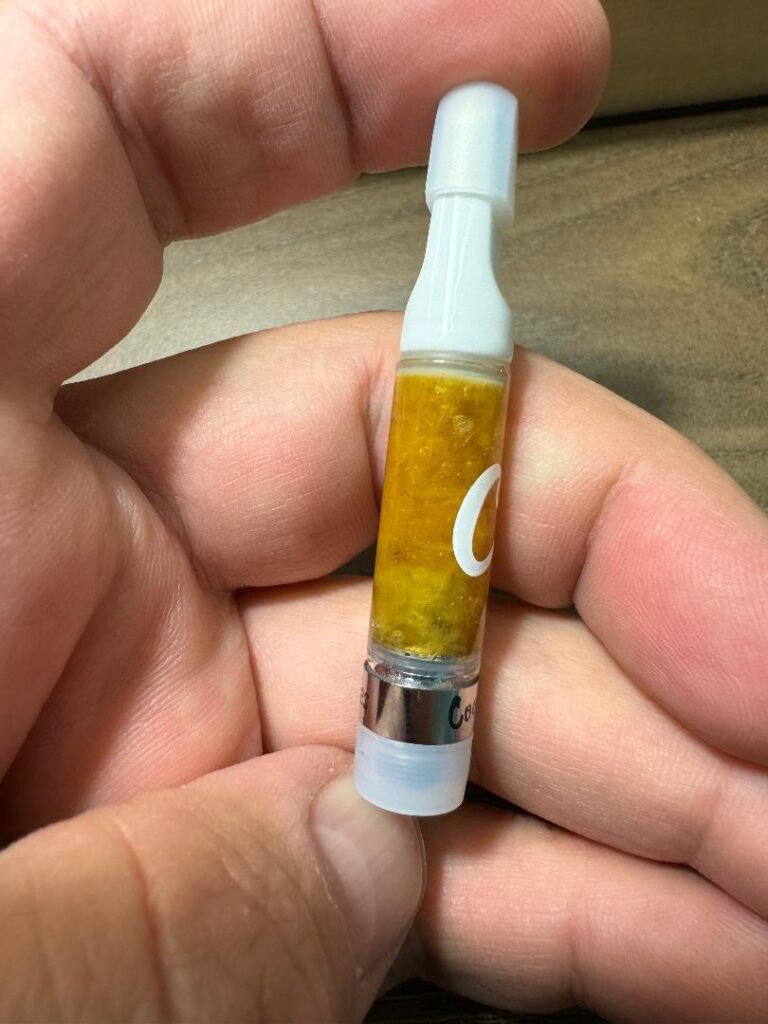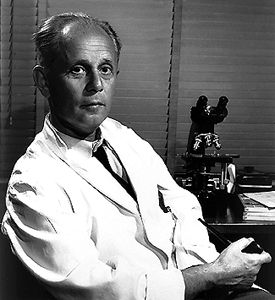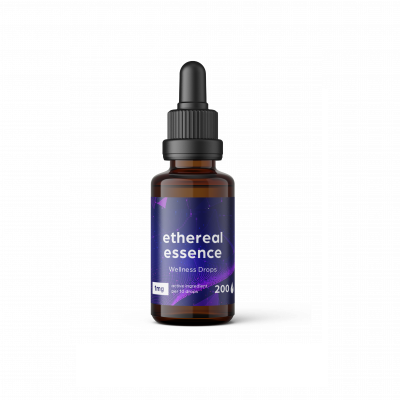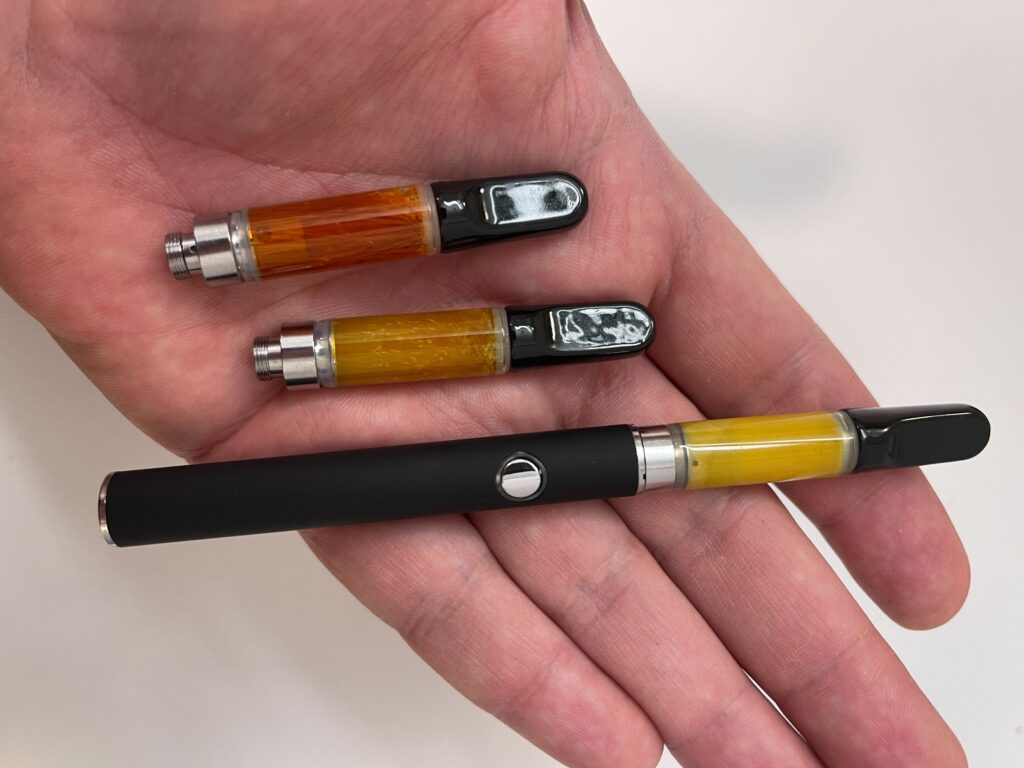
Recently, many alternatives like ketamine and ayahuasca have been found to be quite promising. These hallucinogenic drugs have fast-acting properties and can be quite effective for treatment-resistant populations.
The primary hallucinogenic component of ayahuasca is N, N-Dimethyltryptamine (DMT). It is an alkaloid that is commonly found in many animals and plants. When ingested in high concentrations, it can produce brief psychedelic effects and episodic visual hallucinations in people. According to many studies conducted recently, endogenous DMT has an important role in many processes of the peripheral and central nervous systems. It may also possibly act as a neurotransmitter. It is possible the effects of DMT can be long-lasting in reducing anxiety.
What is DMT?
DMT, which is medically known as N, N-dimethyltryptamine is a tryptamine drug that is known to produce a hallucinogenic effect. It is also referred to as Dimitri, and it produces effects that are similar to those of psychedelics like magic mushrooms and LSD.
Exploring the Role of DMT
After the administration of hallucinogens, many people find it comparable to a dream state. However, the experience derived from these substances is relatively more intense and overwhelming than the subtlety of dreams. The natural biochemical processes that are involved in these hallucinatory experiences are highly regulated. They occur as an inherent and orchestrated function of the normal human brain. We can understand the common biochemistry of the human mind in a better way by studying the effect of these ‘psychedelics’ with advanced brain imaging technology and with the approach of molecular biology.
The discovery of DMT presents us with an opportunity to understand consciousness and perception. It will also help in establishing the use of this compound as a neuro-regulatory substance for helping people with depression.
Brief History of DMT
N, N-Dimethyltryptamine or DMT was first synthesized in 1931 by Richard Manske, who was a chemist from Canada. However, it was not tested for use in human pharmacology at the time. In fact, the hallucinogenic effect of DMT was not discovered until 1956. It came to light when the Hungarian psychiatrist and chemist, Stephen Szara, administered it to himself after extracting it from the Mimosa hostilis plant. This led to the study of many DMT-containing plants and the discovery of a number of hallucinogens.

In the 1950s, many hallucinogenic substances were discovered and they were found to have a profound effect on human behavior and perception. Studies were done to examine the presence of endogenous hallucinogenic compounds resembling serotonin (DMT) and dopamine (mescaline). Many interesting new compounds were found in the process, however, the only hallucinogens that were isolated were derived from tryptophan. A lot of data also illustrated the endogenous synthesis of DMT-related compounds in mammals, including humans. Around 60 studies were done to determine the presence of these compounds in body fluids. However, no clear correlation was found between the presence of DMT in body fluids and any form of psychiatric diagnosis.
Evidence-based Studies

Psychedelics like DMT can be helpful in curing treatment-resistant depression, DMT appears to increase brain ‘plasticity’, which makes way for an accelerated ability to change.
According researchers , there are many benefits of using psychedelics like DMT over traditional medications for treating mental health disorders. It has been found that the hallucinogenic substance can break up the ruminative thought process of the brain and helps in making new connections. It can practically undo the damage caused by stress and depressive thoughts.
Based on this evidence, it can successfully be assumed that DMT could be the answer to treating depression where the traditional anti-depressants have not been successful. It can also prove to be quite successful for treating other depressive disorders like obsessive-compulsive disorder, PTSD, and even substance abuse, for that matter. Besides, anti-depressants often have an emotionally dulling effect. The most interesting feature of DMT for treating depression has been found in its long-term effects. A spokesperson from Small Pharma has stated that the research evidence has suggested that psychedelic-based therapy can result in the immediate onset of anti-depressant effects. These effects can last for as long as three to six months.




